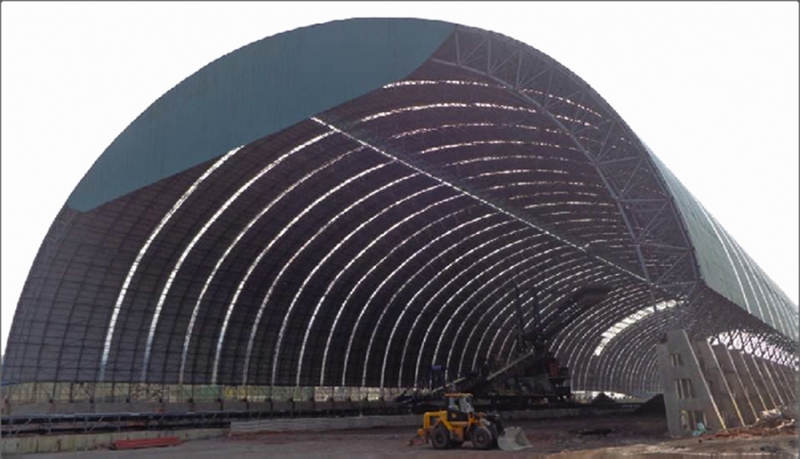What is Spontaneous Combustion?
The oxidation reaction that occurs without an external heat source is known as spontaneous combustion or self-heating in coal storage & handling. The process changes the internal heat profile of the coal within the layers, leading to a rise in temperature. This can eventually lead to ignite open flame and burning of the material. During its bulk storage, Spontaneous combustion can occur at any stage of transport, storage & handling of coal in captive thermal power plants. Factors responsible for instigating the self-heating of coal are as follows:
Internal Factors –
- Coal Composition & its Rank
- Particle Size of Coal
- Moisture & Sulphur Content in Coal
- Weak caking properties
- High reactivity
External Factors –
- Environmental Conditions (like Oxygen Concentration, Temperature, Humidity, Pressure etc)
- Stockpiling Method
- Handling Procedure & Ventilation
Prediction of Spontaneous Combustion in Coal Storage & Handling-
Spontaneous combustion or Self-heating in Coal or petcoke storage can be detected early in its development stage, i.e. before any obvious smoke and/or flame. Hot spots can be detected by infrared monitoring instruments or photography. Routine surveying of stockpiles using infrared scanning devices gives us excellent prediction in the situations where spontaneous combustion may be likely to occur. Efflorescence caused by the decomposition of pyrites and sublimation of sulphur is a strong indication of self-heating in coal stockpiles.
Spontaneous Combustion is also readily recognizable by their distinctive smell. Oxidation of the coal causes a release of large volumes of noxious and flammable gases, which themselves may represent a hazard, & the risk of explosion.
Precautions to avoid Spontaneous Combustion in Coal Storage & Handling-
In every case of spontaneous combustion, there is a build-up period of gases and heat before any flame arises. Following are the precautions that should be taken before maturity of spontaneous combustion of coal.
- Gas Monitoring in Workplace: The prevention of spontaneous combustion heavily depends on the monitoring of gases and conditions, which indicate that a problem is developing. Usage of gas detection systems in thermal power plants detects the major gases of concern – CH4, O2, CO and CO2.
- Electronic Controls & Self-Checking Systems: Automatic as well as manual calibration and checking should also be performed at regular basis, as one of the precaution to avoid Spontaneous Combustion in Coal storage plants.
- Flow Nozzles: The rate and volume of airflow are required to monitor and calculate the volumes and concentrations of gases in coal stockpiles, which can be carried out with the usage of flow vessel at the site.
One of the premier and well-versed entity as coal shed manufacturer in india, Hindustan Alcox Limited has a vast experience of 20 years in creating & coal storage shed. Being the best choice for covering coal stockpiles for the most challenging environment, this barrel vault sheds and dome structure are also helpful in getting healthy prediction of spontaneous combustion & in taking appropriate precautions to avoid self-heating of coal during its storage and handling.


